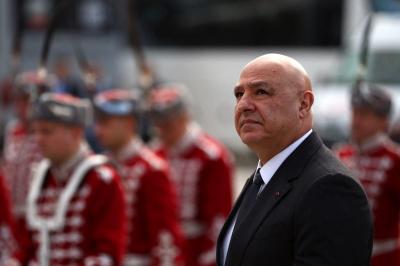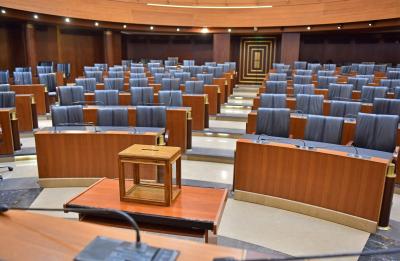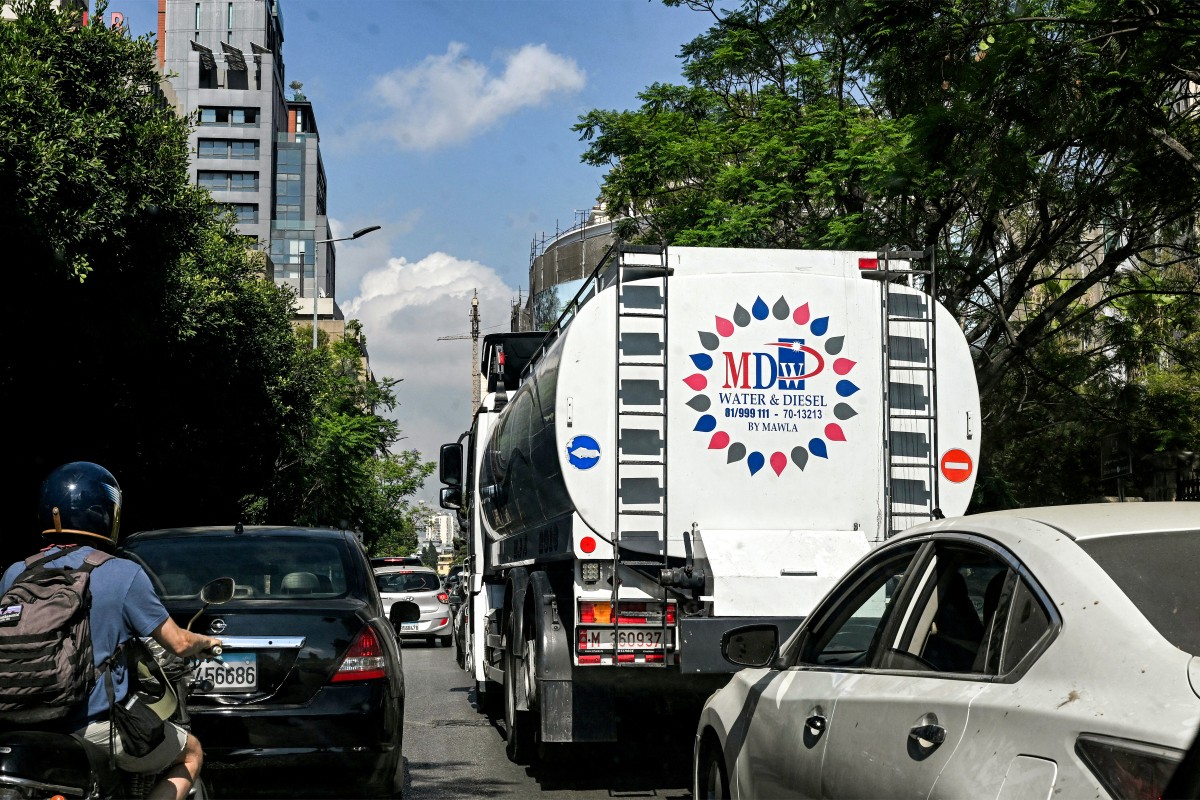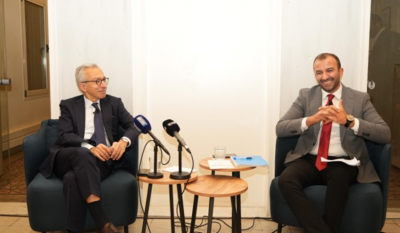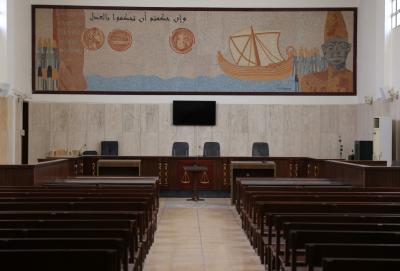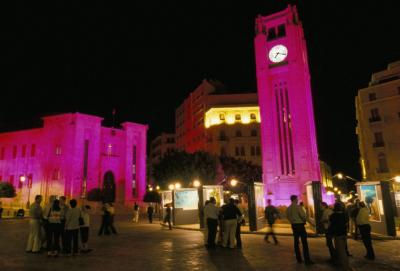Lebanon’s roads have become among the deadliest in the world. Statistics from the Interior and Health ministries, alongside NGOs working on traffic safety, point to a dramatic and troubling deterioration in recent years. According to the Youth Association for Social Awareness (YASA), road fatalities in the first seven months of 2025 jumped by more than 30% compared to 2024. In just August, accidents claimed 68 lives—an average of at least two deaths every day. If the trend continues, Lebanon could see more than 700 road fatalities this year.
By the end of August, over 2025 so far, authorities have already recorded 1,693 accidents, resulting in 346 deaths and 2,754 injuries. The figure does not even account for motorcycle crashes. Eight out of ten victims are men, and nearly half are between the ages of 18 and 40. Pedestrians account for about 30% of casualties.
The crisis is multi-layered, touching social, economic, and human dimensions. It is fueled by reckless human behavior, collapsing infrastructure, legislative loopholes, and the selective enforcement of laws.
Human Error: The Leading Cause
Human error is at the heart of Lebanon’s road tragedy, responsible for nearly 80% of accidents. Drivers often exceed speed limits, overtake recklessly, ignore right-of-way rules, use their phones while driving, or drive under the influence of alcohol and drugs.
Distractions like phone use impair attention, while intoxication slows reaction time and distorts the ability to judge moving lights and distances. Alcohol levels as low as 0.02–0.05 mg/L in the blood can impair vision; between 0.05–0.08, reaction times deteriorate further.
Pedestrians, too, share blame. Many avoid designated crossings, misuse them, or walk on the road despite the presence of sidewalks—often occupied by cars, vendors, or café tables.
Broken Roads and Infrastructure
Lebanon’s roads reflect decades of negligence. Since the post-war construction boom of the 1990s, poor urban planning and chaotic development have left lasting scars. Roads are riddled with sharp turns, steep inclines, and dangerous slopes, often without adequate warning signs. Potholes, uneven speed bumps, and sluggish repair work worsen the risks.
Maintenance is chronically underfunded. Agencies tasked with annual road upkeep lack budgets, leading to near-total neglect.
Sidewalks and Public Space
Sidewalks are often too narrow—sometimes just 20 to 40 centimeters wide instead of the minimum 80 centimeters. Many are illegally occupied by vendors, cafés, or parked cars, forcing pedestrians into the streets. In smaller towns and villages, sidewalks barely exist at all.
Law Enforcement Gaps
In 2015, Lebanon introduced a new traffic law with 420 articles designed to improve road safety. But its enforcement has been inconsistent and selective. Many vehicles on the road should have been pulled out of circulation due to mechanical failures, yet inspection centers are plagued by irregularities.
Driver Licensing Flaws
The licensing system itself is riddled with flaws. Driving instructors often lack qualifications, training requirements are lax, and obtaining a license remains relatively easy—even without adequate preparation. The state has also struggled to issue proper driver ID cards.
Social and Economic Factors
Lebanon’s worsening economic collapse has added fuel to the crisis. The sharp decline in the currency has rendered fines almost meaningless, eroding their deterrent power. At the same time, the number of vehicles has surged due to population growth, chaotic urban sprawl, and the influx of Syrian refugees.
Motorcycles—often used for delivery services—have multiplied dramatically. Many riders are foreign nationals, untrained, and frequently drive against traffic, ignore intersections, and flout basic safety rules.
The Lebanese, meanwhile, treat their cars as both a necessity and a symbol of social status. This culture of entitlement translates into aggressive, selfish driving, with little regard for collective safety.
Paths Toward Solutions
Experts and NGOs say any solution must address education, legislation, and enforcement together.
- Harsher Penalties: Amend the 2015 law to significantly raise fines, making them meaningful and deterrent.
- Strict Enforcement: Apply the law without exceptions, focusing on dangerous violations such as drunk driving, speeding, and wrong-way driving—even for short distances.
- Vehicle Inspections: Reinstate rigorous, transparent mechanical inspections, especially for trucks and buses.
- Points System: Introduce a penalty-points system leading to license suspension or permanent revocation for repeat offenders.
Infrastructure Upgrades
Authorities should launch an emergency program for road repairs, add proper markings and lighting on main roads, install roundabouts and speed-calming measures, and expand sidewalks to secure pedestrian safety.
Education and Awareness
Traffic education should be introduced in schools from early grades. Media campaigns should highlight the dangers of speeding, phone use, and drunk driving. Licensing exams should be tougher, with longer training periods. Pedestrians, too, need education on safe crossing and visibility measures.
Technology and Monitoring
The Internal Security Forces must be equipped with modern radar guns, alcohol-testing devices, and speed cameras that automatically issue fines. Surveillance cameras should be installed at intersections and accident-prone spots.
Public Transport: The Missing Piece
Ultimately, the road crisis cannot be solved without a reliable public transport system. Lebanon’s dependence on private cars is unsustainable. Reviving buses and rail networks would reduce congestion, accidents, and reliance on unsafe motorcycles.
Please post your comments on:
[email protected]
 Politics
Politics



